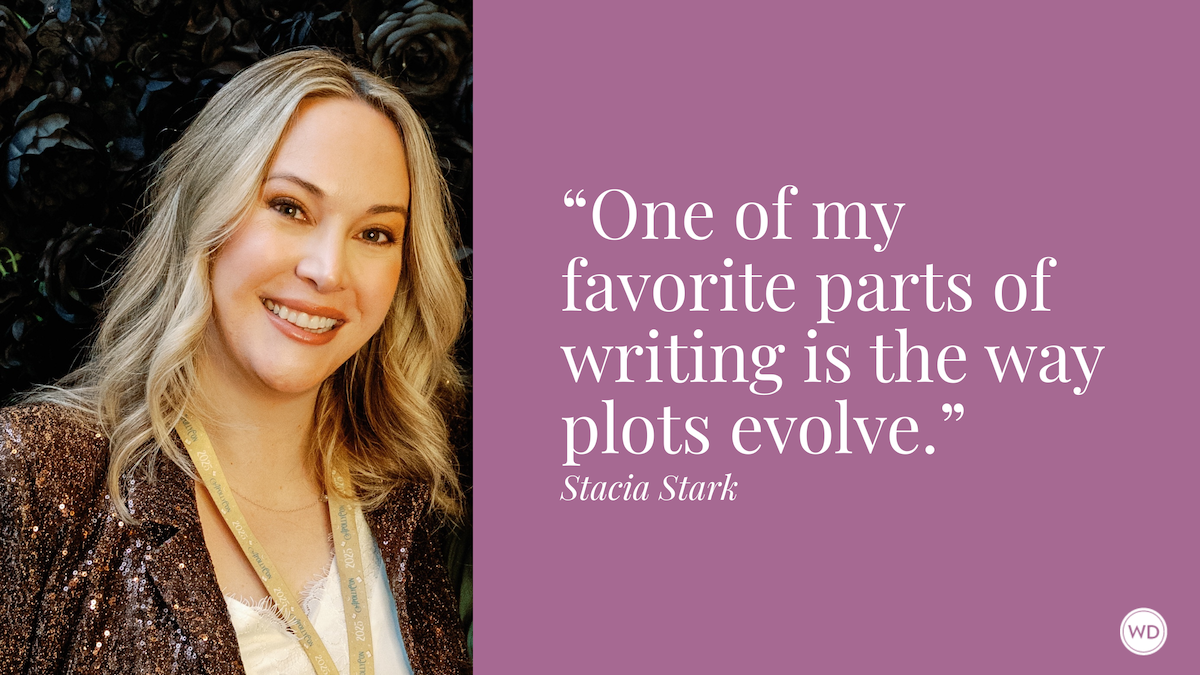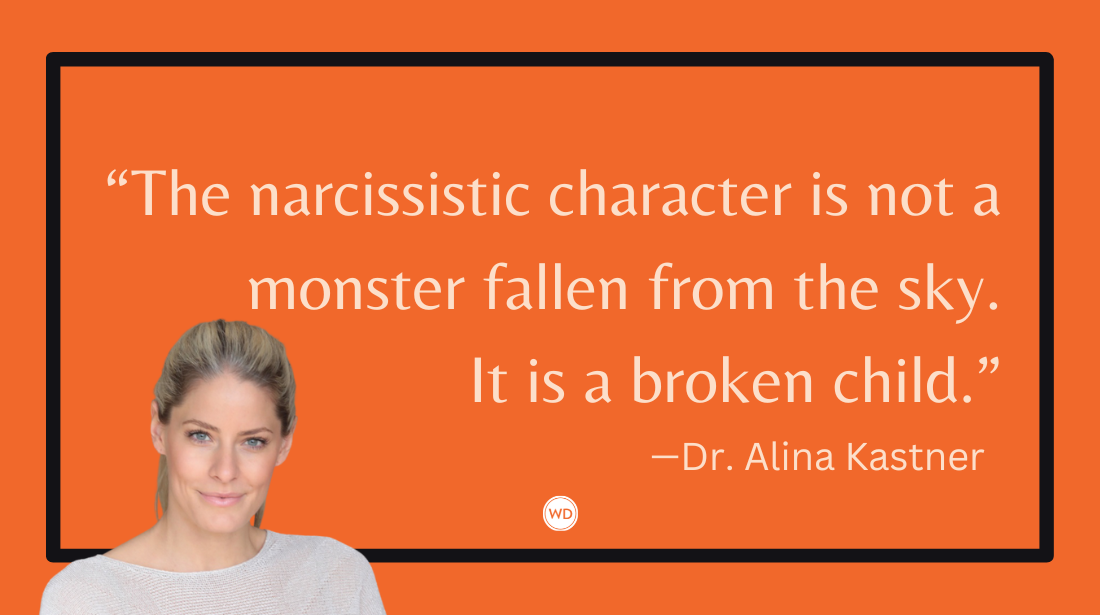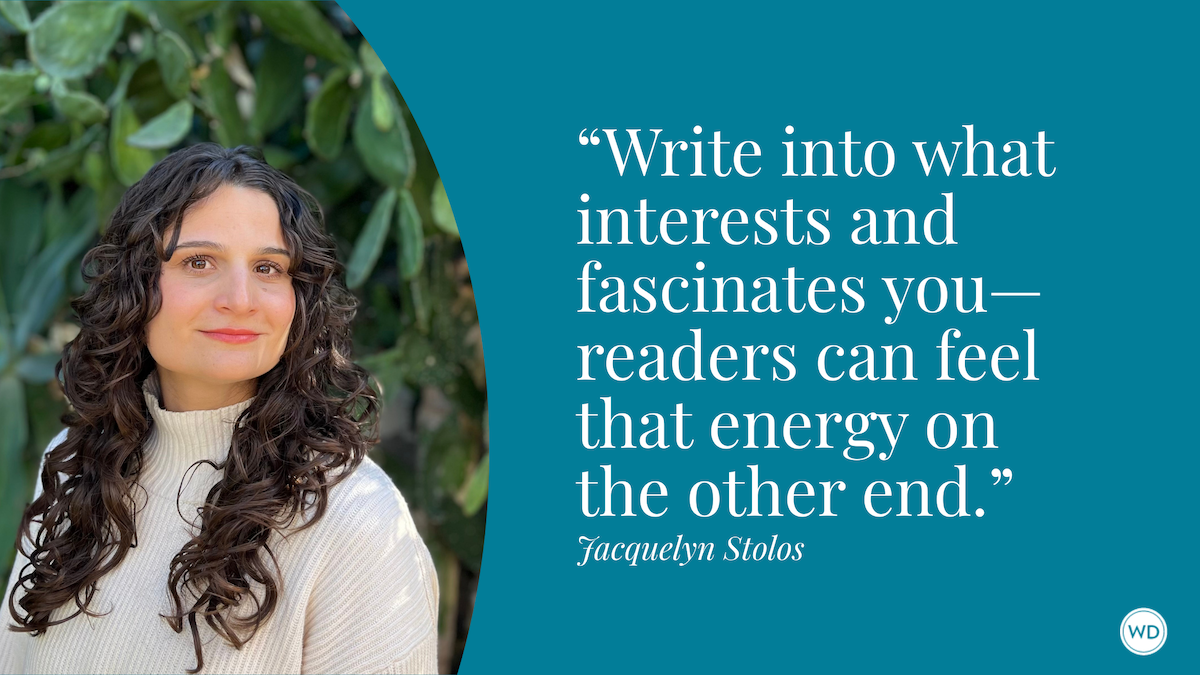What Is a Narrative Arc (or Story Arc)?
In this post, we answer the question of what is a narrative arc or story arc, and we look at a few examples to help show how the narrative arc is different from individual plot twists and points.
A narrative arc (or story arc) is the general shape (or structure) of a story as a whole. While you might dig into the details when sketching an outline for your story, the narrative arc looks at everything from a distance.
For instance, the narrative arc of George Orwell's Animal Farm on a very simplified level is this: Animals successfully overthrow the owner of their farm; the animals realize a new form of government; and then, everything devolves gradually until conditions are the same (or worse) than when they started. Most of the characters hit their "high point" (or climax) early in the story before a long, long descent into hard times (with no happy ending to save the day).
That's a simple 3-act version of the story arc with an inciting incident (the thing that gets the story moving), the climax (the high point or most dramatic moment), and resolution (or sometimes, lack of resolution).
Types of Story Arcs
Here are a few common 3-act structures by genre:
- Romance: Lovers meet, lovers quarrel, and lovers reunite (to live happily ever after)
- Murder mystery: Someone dies, clues and suspects build, and murderer is revealed
- Fantasy: Characters go on quest, characters defeat the threat, and they return as heroes (or move on to the next quest, if part of a series)
These are simplifications. The narrative arc can be a little more involved than that and can vary within genres. The main strength of a narrative arc is that it gives cohesion to each of the individual plot points within a story.
Here's another narrative arc using Richard Adams' Watership Down:
- Rabbits leave their warren in search of a new warren.
- Rabbits find the perfect place (Watership Down) to start a new warren, but there's a problem...they need females to actually grow a warren.
- Rabbits find females who want to join the warren, but there's a problem...the warren the females belong to does not want to let them leave.
- Rabbits escape back to Watership Down, but there's a problem...they have to defend their warren from attack.
- Rabbits defend Watership Down in a dramatic battle, and they all live happily ever after.
A lot of other stuff happens (plot points, character development, etc.), but this gives the general arc of the story. It's an up and down narrative that is broken into four parts.
Can a Scene Have a Narrative Arc?
Actually, each scene could have a narrative arc. A person enters the room with the intent of saying something or accomplishing a goal. They say or do their thing. Things go to plan, or they don't. There is resolution, or there is not. Next scene.
*****
If you want to learn how to write a story, but aren’t quite ready yet to hunker down and write 10,000 words or so a week, this is the course for you. Build Your Novel Scene by Scene will offer you the impetus, the guidance, the support, and the deadline you need to finally stop talking, start writing, and, ultimately, complete that novel you always said you wanted to write.
*****
Can a Series Have a Narrative Arc?
Yes, a series can have a narrative arc. For instance, the Harry Potter series has a very simple narrative arc: Harry Potter learns he's a wizard and that an evil wizard named Voldemort murdered his parents and wants to destroy the world he loves; so Harry Potter fights Voldemort and his minions until they have a climactic, final confrontation in the seventh and final book; Harry wins and they all live happily ever after.
Of course, each of the seven books in the Harry Potter series have their own book-specific narrative structures. The first title is focused on Harry Potter learning he's a wizard, discovering a threat to his new school (Hogwarts), confronting (and defeating) the threat, and finishing his first year of school as a hero.
*****
The narrative arc is useful for understanding the overall shape and pace of your story. With few exceptions, the inciting incident happens near the beginning, the climax happens near the end, and there's usually some form of resolution (or cliffhanger for the next book).









